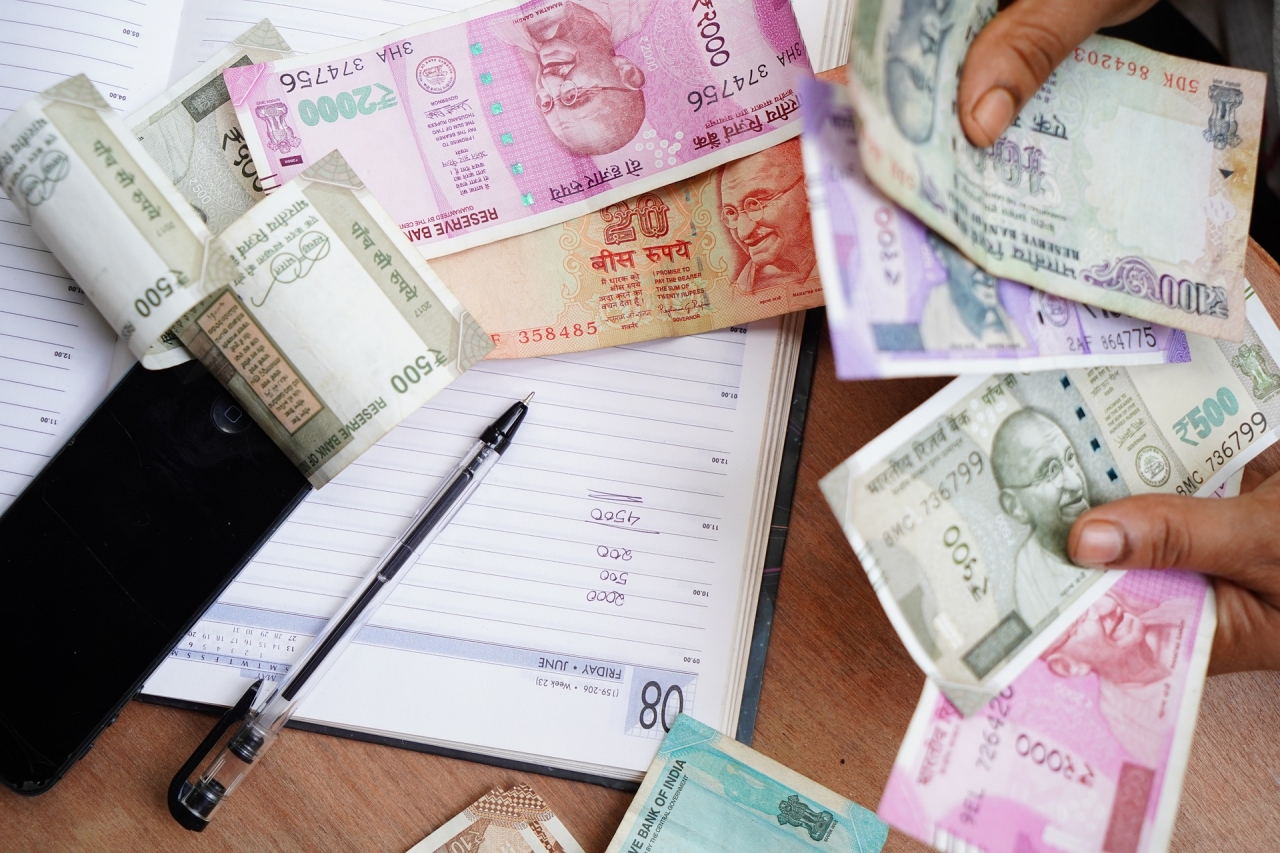![인도 뭄바이 [사진=픽사베이 제공]](/news/photo/201812/15040_17008_2120.jpg)
글로벌 기업의 인수합병(M&A)의 축이 중국에서 인도로 이동 중이다. 시장 성장 가능성이 높고, 기술력을 갖춘 기업도 많다는 점에서 글로벌 기업의 매력을 느끼고 있기 때문이다. 한동안 폐쇄된 듯 비춰진 경제환경의 변화 등도 인도 M&A 증가를 한몫 거들고 있다. 올해 인도 기업을 겨냥한 글로벌 기업의 M&A 규모는 중국 기업을 대상으로 한 투자 규모를 넘어섰다.
28일 월스트리트저널은 지난 25일 금융조사회사 딜로직의 통계를 인용해 올해 인도 기업을 대상으로 진행된 M&A가 937억달러(약 105조원)로 전년보다 52% 늘었다고 보도했다. 인도가 본격적으로 경제를 개방한 1990년대 최대 규모라는 게 WSJ측의 설명이다.
외국기업이 인도 기업을 대상으로 벌인 M&A규모는 395억달러(약 44조4000억원)다. 중국 기업에 대한 투자액 328억달러(약 36조9000억원)보다 많은 수치다.
올해 글로벌 기업의 인도시장 M&A 중 가장 눈에 띄는 것은 지난 5월 월마트의 인도 전자상거래 기업 플립카트 지분 77% 인수다.
월마트는 플립카트 지분 77%를 인수하기 위해 160억달러 이상을 투자한 것으로 알려졌다. 올해 인도에서 진행된 M&A 가운데 가장 큰 규모다. 글로벌 기업의 인도회사 M&A는 플립카트 외에도 12월 초 유니레버가 인도 음료회사 홀릭을 37억5000만 달러에 인수했다. 일본 소프트뱅크는 호텔 예약 스타트업 업체인 오요에 10억 달러를 투자했다.

글로벌기업이 인도에 앞다퉈 투자하는 이유는 다양하다. 우선 인도 경제의 성장 잠재력이 매력적이다. 인도 경제는 신흥국 경기 침체, 미국·중국 무역 전쟁 등의 글로벌 악재 속에서도 성장세를 보이고 있다.
국제통화기금(IMF)은 인도 경제가 내년 3월에 끝나는 이번 회계연도에 7.3%, 그다음 해에는 7.5% 성장할 것으로 전망했다. 13억 이상의 인구를 바탕으로 내수 성장 가능성도 높은 편이다.
수치로 확인이 가능하다. 인도 경제는 분기마다 7∼8%대 성장을 거듭한 끝에 올해 증시 시가총액이 2조800억 달러로 1조9천700억 달러의 독일 증시 시가총액을 제치고 세계 7위로 올라섰다.
인도 대표 주가지수인 뭄바이 증시 센섹스 지수는 작년 말 3만4000원대에서 지난 8월 말 3만9000원에 육박하는 수준까지 상승하며 역대 최고를 기록한 바 있다.
유가 상승 등으로 10월 말 3만3000원대 초반까지 떨어졌지만 최근 3만5000원∼3만6000원대까지 회복했다. 급락했던 인도 루피화 가치도 최근 유가 하락에 힘입어 회복세다.

인도가 파산시스템 재정비에 나선 것도 M&A 확대로 이어지고 있다. 나렌드라 모디 인도 총리는 파산법 개정으로 인해 기업 회생율이 높아지고 있다. 과거 인도의 파산 절차는 평균 4년이 걸리고 회생률도 25.7%로 낮았다. 하지만 모디 정부가 파산 절차를 9개월로 제한하고 복잡한 절차를 간소화하면서 수많은 부실기업이 파산을 신청해 경매에 나왔다. 올해 파산 절차를 밟은 회사가 3000여 개에 달한다. 타타스틸은 파산 경매에 나온 부샨스틸을 83억 달러에 M&A했다.
WSJ 측은 "중국은 미국과의 무역 전쟁 등으로 성장률이 더뎌지고 있다"며 "반면 인도는 파산법 개정, 주별로 달랐던 간접세 통합 등 여러 제도가 개선되면서 투자 환경이 크게 개선됐다"고 밝혔다.
[M&A] Global corporate M & A axis is moving from China to India
The axis of M&A among global companies is shifting from China to India. This is because they are attracted to global companies in that there is a high potential for market growth and many companies with technical skills.
Changes in the economic environment, which appeared to have been shut down for some time, are also helping to increase M&A in India.
The size of global corporate M&A targeting Indian companies has exceeded the amount of investments made by Chinese companies this year.
The Wall Street Journal reported on Friday that the number of M&A dollars was 93.7 billion dollars this year, up 52 percent from the previous year, citing statistics from the financial research firm Dilos.
The WSJ explains that it is the largest economy in the 1990s when India opened its economy in earnest.The amount of M&A that foreign companies have been targeting Indian businesses was 39.5 billion dollars.
The figure is larger than the 32.8 billion U.S. dollars invested in Chinese companies. Among global companies ` M&A activities in India this year, the most notable is the 77 percent stake in Indian e-commerce company Flipcart in Wal-Mart in May.
Wal-Mart is said to have invested more than 16 billion dollars to acquire 77 percent of its Flipcart shares.
This is the biggest M&A project in India this year. In addition to Flipcart, global Indian company M&A also took over Indian beverage company Holic for $ 3.7 billion in early December.
Japan's Softbank has invested $ 1 billion in hotel reservation startup Oyo.
There are many reasons why global companies rush to invest in India. First of all, the potential for growth of the Indian economy is attractive. India's economy is growing despite global unfavorable factors such as the economic recession in emerging economies and the U.S. and China trade wars.
The International Monetary Fund predicted that India's economy would grow 7.3 percent in this fiscal year, which ends in March of next year, and 7.5 percent in the following year.
There is also a high possibility of domestic growth based on population of 1.3 billion. India's economy grew 7 to 8 percent per quarter, and this year's market capitalization rose to 2.08 trillion dollars, surpassing the 1.98 trillion dollar German stock market cap.
The index of the Indian stock market, Censex, rose to a record high of 39,000 won in late August from 34,000 won late last year.
Although it dropped to around 3,000 won at the end of October due to rising oil prices, it recently recovered from 35,000 won to 36,000 won. The value of India's ruperization, which had fallen sharply, has also recovered due to the recent fall in oil prices.
India's move to reorganize its bankruptcy system has also led to expansion of M&A. Indian Prime Minister Narendra Modi said, " The rate of corporate recovery is increasing due to the revision of the bankruptcy law.
In the past, bankruptcy procedures in India took an average of four years and recovery rates were low 25.7 percent.
However, as the Modi government has restricted the bankruptcy process to nine months and simplified complicated procedures, a number of bad companies have filed for bankruptcy.
This year, about 3,000 companies went bankrupt. Tatasteel bought Bushan Steel for 8.3 billion dollars at a bankruptcy auction.The Wall Street Journal said China's growth rate has slowed due to a trade war with the U.S., while India's indirect tax integration, which had been different from state to state, improved significantly.


